The NASA-funded ASTEROIDS Laboratory (Asteroid Science, Technology and Exploration Research Organized by Inclusive eDucation Systems) is a multi-disciplinary establishment housed at University of Arizona seeking to integrate research with education to help build a diverse, scientifically literate citizenry and a well-prepared science, engineering, and technology workforce.
We aim to provide University of Arizona undergraduates majoring in science and engineering, especially those traditionally underrepresented in science, technology, engineering, and mathematics, the opportunity to broaden their education with a rich, hands-on experience and the full process of inquiry and discovery. Research and education will focus on utilizing planetary science principles for conceiving, implementing and validating space technologies, from systems design and control solutions, to robots and sensor networks, to mobility and excavation on small bodies.
Interdisciplinary Expertise in Asteroid Technology, Science and Exploration
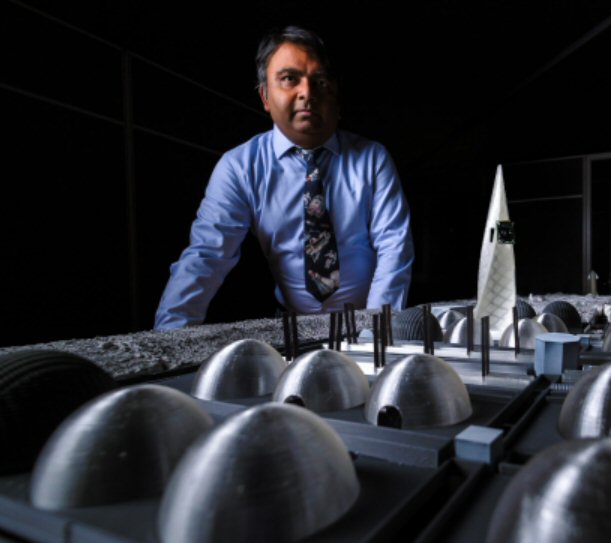



Professor Jekan Thanga has 20 years of experience working in the aerospace research sector and is a senior member of the AIAA. He has been an expert reviewer for government agencies, including NASA and NSF, and has been a Subject Matter Expert (SME) on space matters for DoD organizations. He has developed and participated in innovative, inclusive, student-centric research, design and education programs at 4 universities over the past 15 years. This includes the Da Vinci Engineering Enrichment Program (DEEP) at University of Toronto, Khan Academy Science and Engineering Video Lesson Development Project at MIT, NASA SpaceGrant student mentorship program at ASU and University of Arizona and Undergraduate and Graduate Research Experience Programs at ASU and University of Arizona. His predominant focus has been space systems design engineering and over the years, he has mentored over 100 high-school students and 60 university students who have gone onto work in leading positions throughout the aerospace, defense, and IT sectors. A major focus of his research and education program is to tackle the gender-imbalance, raise education enrollment of under-represented minorities and first-in-the-family university going students in aerospace and engineering research. This had started with summer enrichment programs at University of Toronto in 2004 to the current NASA-supported MIRO Program at University of Arizona in 2019. From 2003 to 2008, Jekan was head TA for the Undergraduate Aircraft Design Capstone Class. Under his plan, he saw to it that every aircraft design got to fly on fly-off day. He co-developed the Interplanetary CubeSat Design Class for graduate students, that brought together aspiring planetary scientists, astronomers and engineering students from aerospace, electrical, mechanical engineering. The course included NASA scientist and engineers as student team mentors and incorporated NASA JPL Team Xc Review Sessions as part of the project Critical Design Review (CDR).
He obtained his bachelor’s in engineering science (Aerospace Major) from the University of Toronto. He worked on Canadarm, Canadarm 2, and the DARPA Orbital Express missions at MDA Space Missions. Jekan obtained his Ph.D. in space robotics at the University of Toronto Institute for Aerospace Studies (UTIAS) and did a postdoc at MIT’s Field and Space Robotics Laboratory (FSRL). Jekan is broadly interested in the exploration of space and extreme environments, using networks of robots, interplanetary CubeSats, and smart sensors. His research focuses on developing enabling technologies that span system design, propulsion, networking, and power to permit smart, fully autonomous operation for long durations. This is achieved through Multi-Disciplinary Optimization (MDO) using a combination of conventional, adaptive, and bio-inspired neuro-evolutionary methods resulting in high performance, unconventional design, and control solutions that would otherwise not be envisioned by a human designer. His research covers the investigation of fundamental theoretical concepts with simulation using computational tools, culminating with field trials and deployment. He and his team of students and postdocs have co-authored over 120 peer-reviewed publications and won several recent awards including the Popular Mechanics Breakthrough Award in 2016, co-author of Student Best Paper Award 2nd Place at AAS GNC in 2017, MBR Mars Settlement Challenge Winner in 2018, co-author of Student Best Paper Award 3rd Place at AAS GNC in 2018, co-author of Best Paper Presentation Award at AMOS in 2019 and a mentor of a Top 10 Finalist Team at NASA BIG Competition 2020 consisting of the Colorado School of Mines and Univ. of Arizona students.
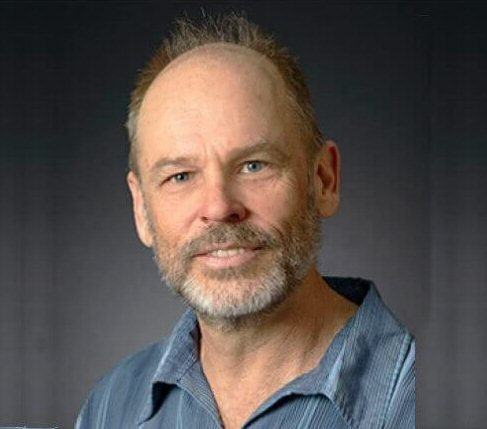


Professor Asphaug studies planet and satellite formation, including giant impacts such as that which formed the Moon. The ensuing diversity of planets is the subject of his book When the Earth Had Two Moons (HarperCollins, 2019). He also studies "small bodies" (asteroids, comets and satellites) that are leftovers of accretion, working to understand their formation and evolution, low-gravity geology, and activity and surface patterns. He participates in laboratory research looking into the strength properties of meteorites, and theoretical research into the origin of chondrules. Over the years, thanks to motivated students, he has also explored crater lakes and patterned ground on Mars, the delivery of volatiles to the lunar surface, and bombardment of Saturn's rings. He was on the Galileo and LCROSS missions, and is on the science teams of upcoming missions to asteroids Psyche and Didymos, and to the Martian moons. He leads the Comet Radar Explorer (CORE) mission concept, proposed twice to NASA Discovery, to obtain a high definition medical-like scan of a comet nucleus interior, and is helping to develop an instrument that would make seismic imaging of small body interiors a remote-sensing investigation. In SpaceTREx he is helping to develop innovative low cost approaches to exploration, and the AOSAT cubesat centrifuge that will mimic the low but non-zero gravity of asteroids.
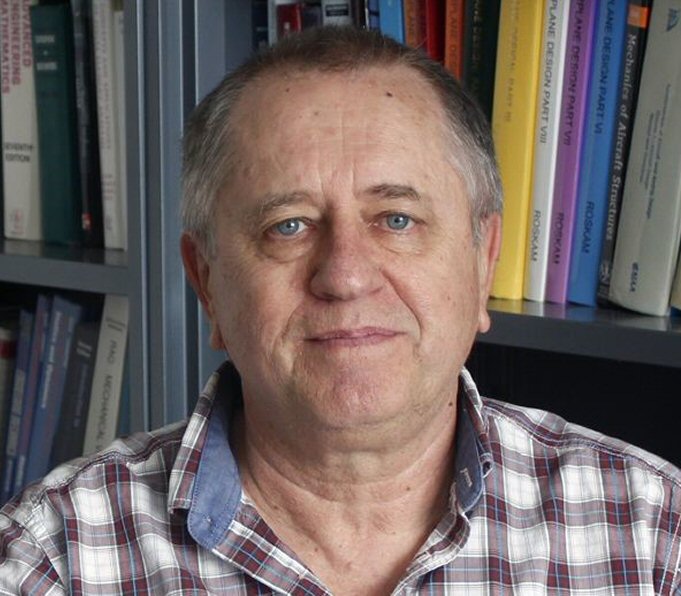


Dr. Sergey Shkarayev is a Professor in the Department of Aerospace and Mechanical Engineering and a Director of Micro Air Vehicles Laboratory at the University of Arizona. His studies on unsteady aerodynamics are relevant to any aerial vehicle configuration either with fixed, flapping, or rotary wings. Professor Shkarayev conducts theoretical and experimental studies of flight dynamics, energetics, and path planning for in atmospheric conditions that can be found on Earth and other planets (Mars, Venus, Titan). Over the years, he and his students have designed unmanned aerial vehicles to prove the feasibility and practicality of flights in jet streams. He extends this obtained knowledge to dynamic soaring of solar sails in outer space. Professor Shkarayev has co-authored more than 100 journal papers and a book titled “Design of Fixed Wing Micro Air Vehicles, with Four Case Studies.” He mentors capstone aerospace engineering design teams. The University of Arizona Micro Air Vehicles Team led by Professor Shkarayev won several International Competitions.
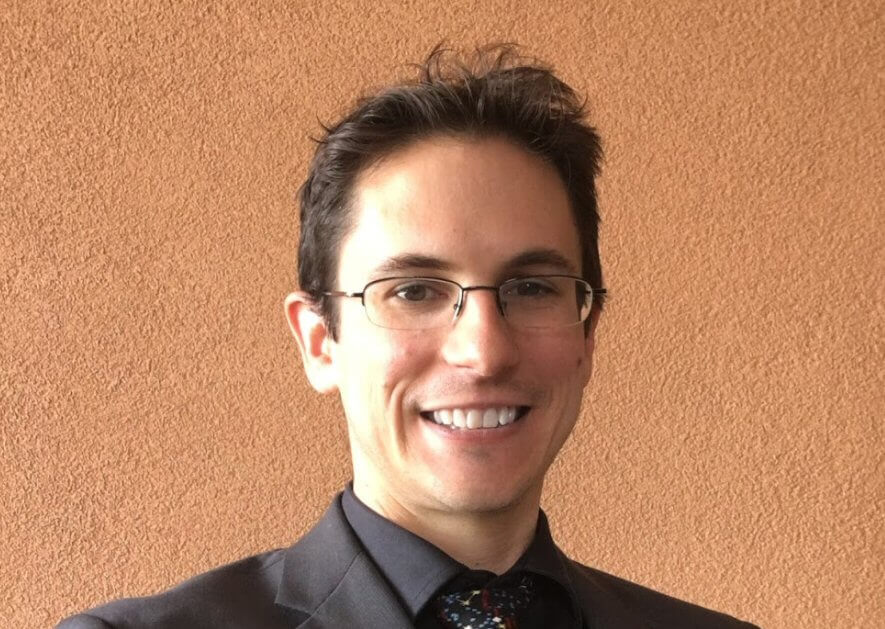



Professor Dennis Just received Bachelor's degrees in physics and astrophysics from Penn State University in 2007 and his Ph.D. in astronomy from the University of Arizona in 2012. His research focused on the formation of S0 galaxies and the influence of environment. After a postdoctoral fellowship at the University of Toronto researching the evolution of galaxy clusters, he joined Pima Community College's faculty in 2015. Just led the college's ASCEND program from 2017 to 2018, supervising student-built meteorological payloads that were launched on high-altitude balloons from central Arizona as part of NASA's Space Grant program. He is now head of the Astronomy and Physics departments at the college and a co-host of the popular spaceflight podcast The Orbital Mechanics.
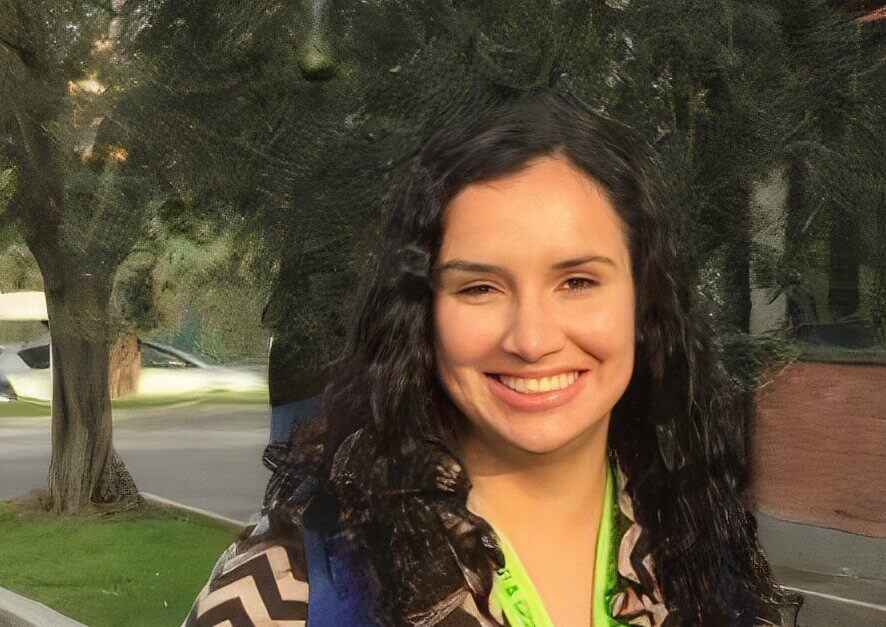



Dr. Desireé Cotto-Figueroa is an Associate Professor at the University of Puerto Rico at Humacao (UPRH). She obtained her Ph.D in Physics at Ohio University and did a postdoc at the School of Earth and Space Exploration at Arizona State University. Her research focuses on the study of Near-Earth Asteroids (NEAs) including their characterization and the study of radiation recoil effects on their dynamical evolution. Her more recent effort consists of measuring the mechanical and physical properties of meteorites, in order to span the spatial scale from centimeter-scale meteorites to make predictions about the behavior of much larger specimens of the same or similar material in space, and to develop a comprehensive dataset that will enable the most detailed numerical simulations of asteroid disruption and fragmentation. She is also an Investigation Team Member of the NASA Near-Earth Object Surveillance Mission (NEOSM). Asteroid (11456) Cotto-Figueroa has been named in her honor.
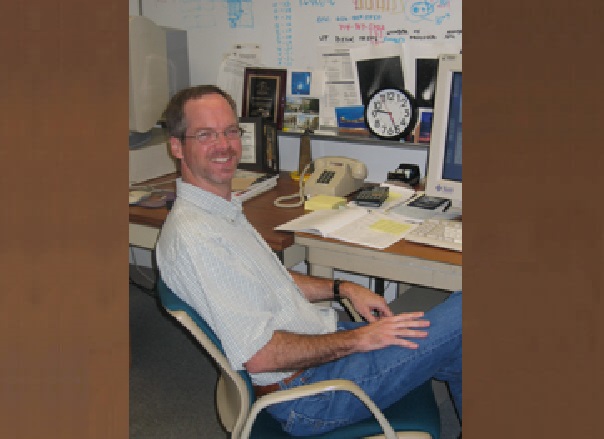
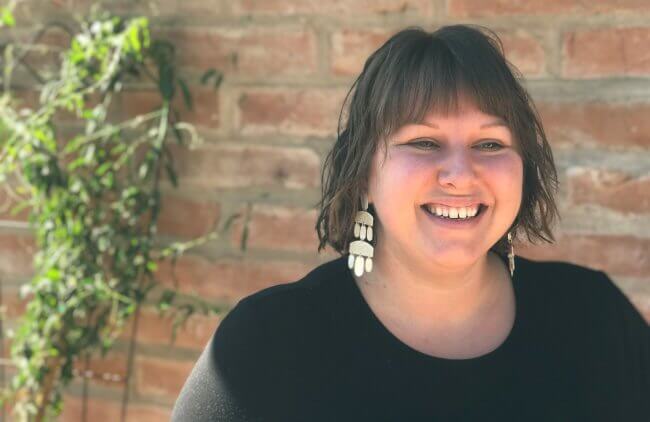

Layne Crawford graduated from University of Arizona with a degree in Geosciences and an emphasis on earth science education. During her time at UA, Layne interned with the NASA-LPL mission HiRISE as a Space Grant intern, in addition to her research with The RRUFF Project. She spent the next several years teaching astronomy and earth science at a Tucson-area high school, while collaborating on research regarding hybrid language practices in secondary science classrooms. She has spent the last five years working for UA Admissions, helping to grow to serve and grow each year’s incoming online, distance campus, and engineering cohorts of students.
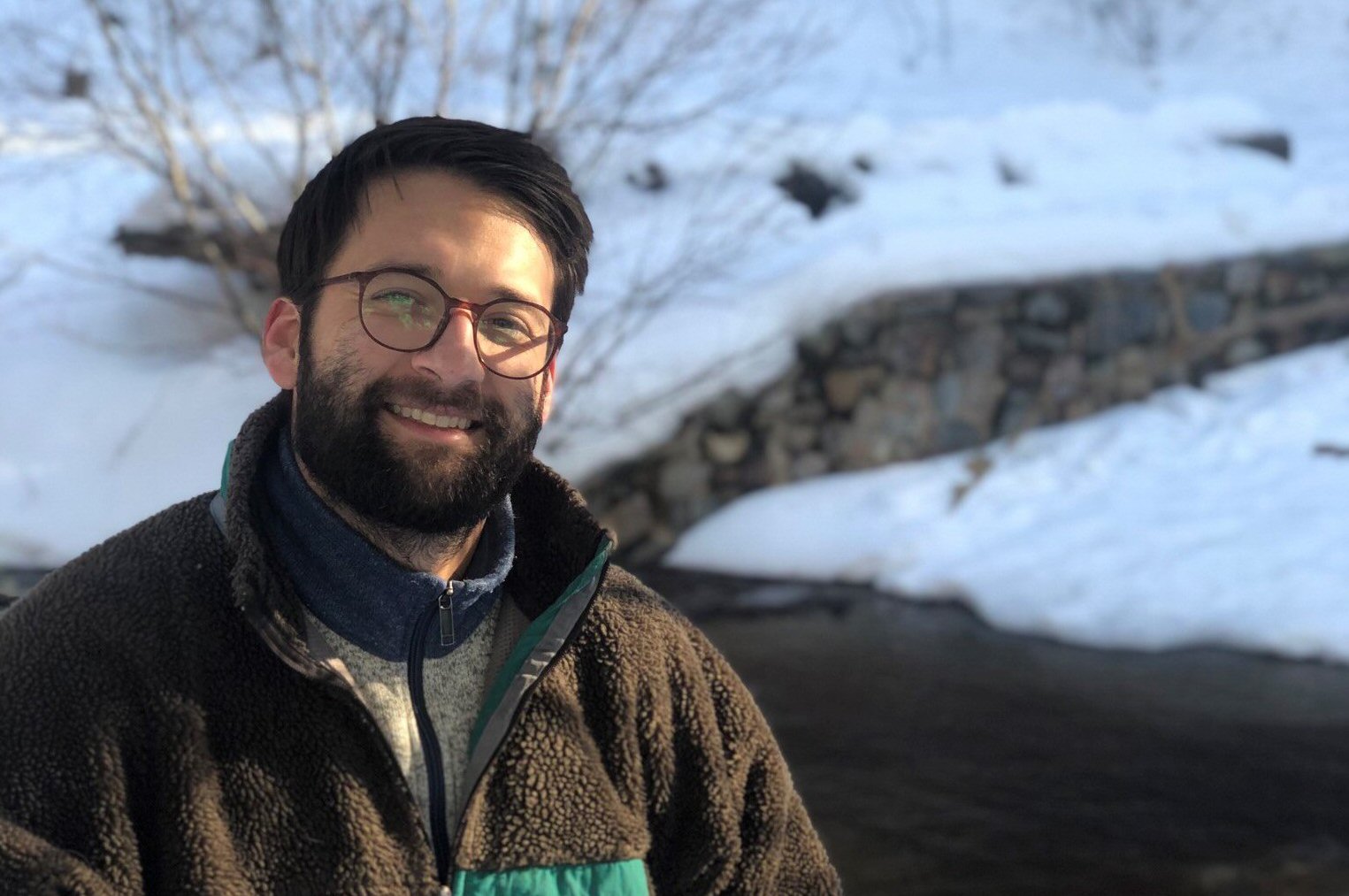

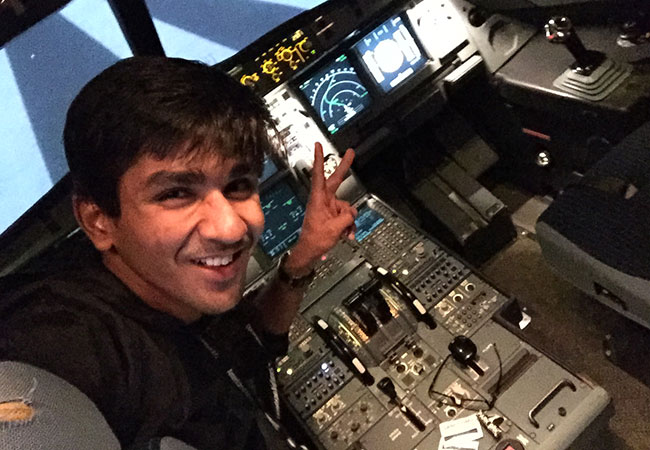
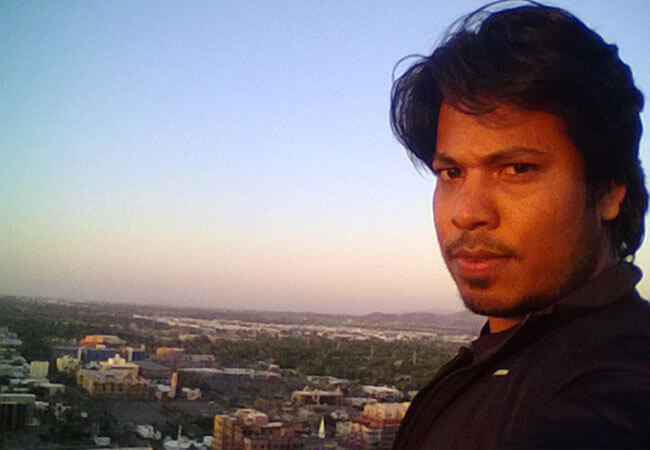
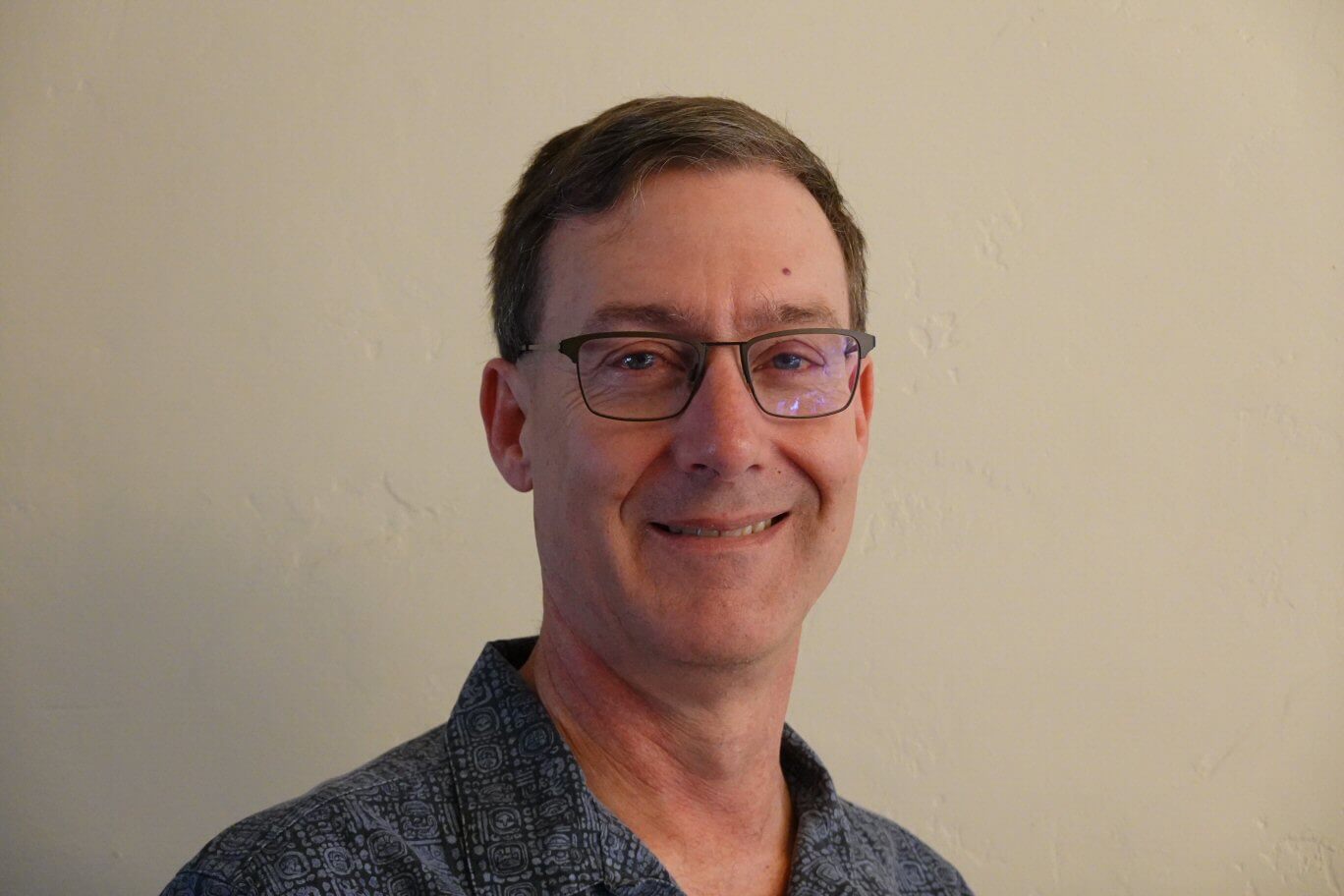
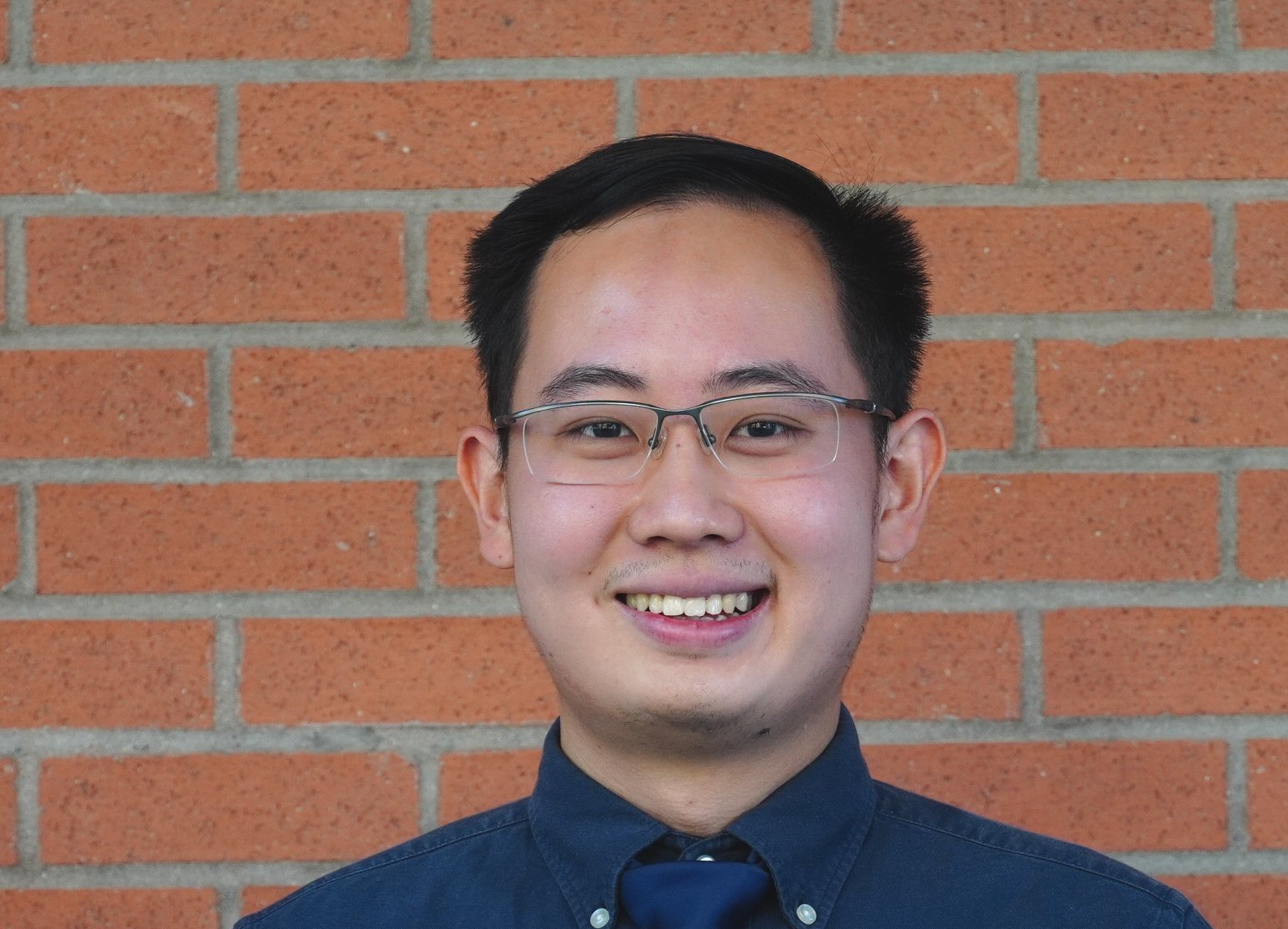
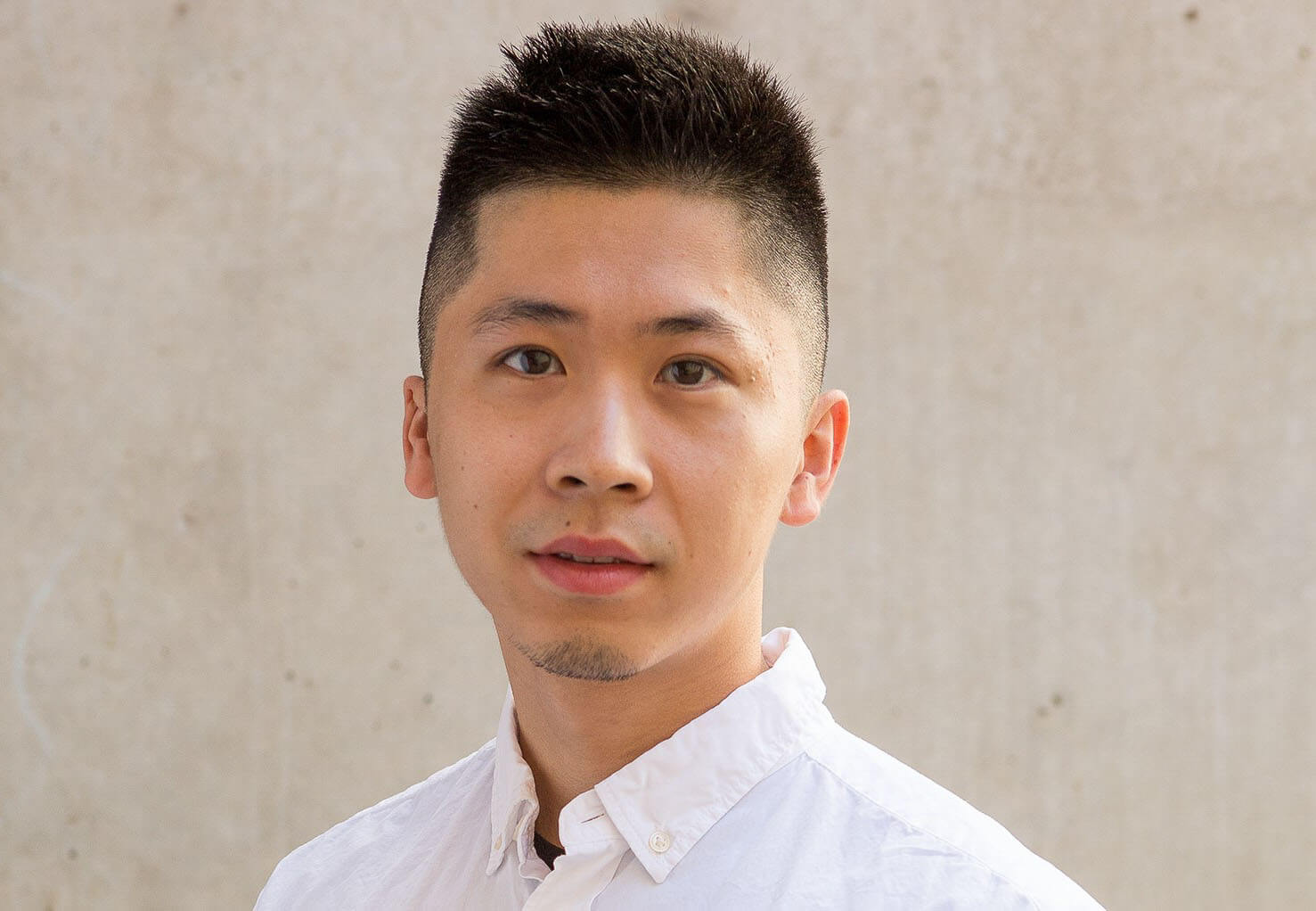
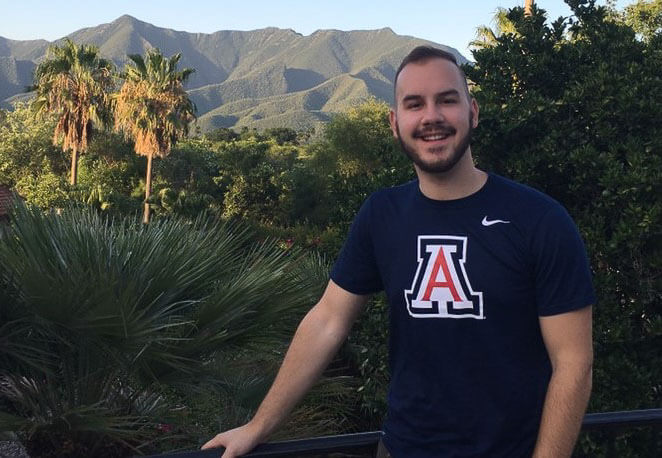

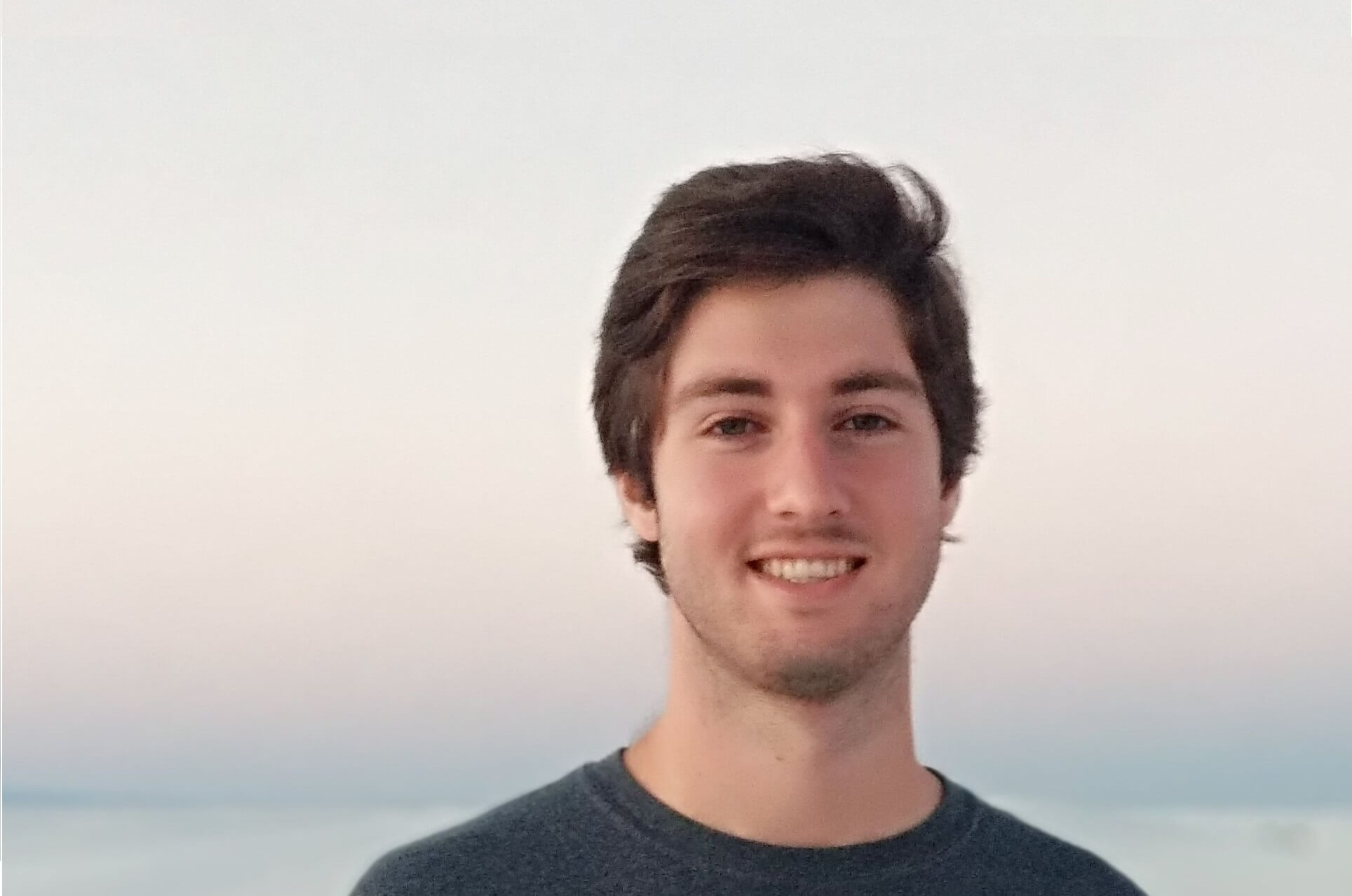
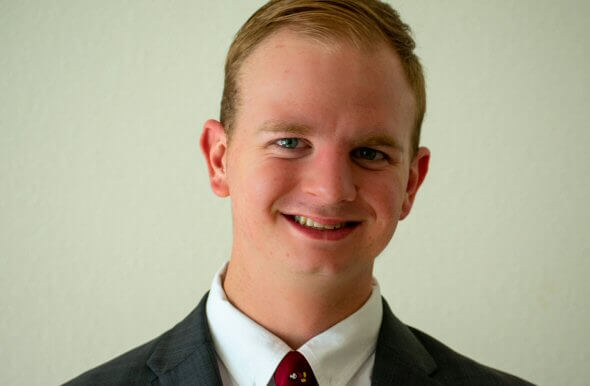
Publications
Publications Submitted
Abstracts
Projects
Awards
Patents and Inventions
Grants
Presentations
Faculty/Staff
Researchers
Masters Reports/Theses and PhD Theses
Alumni Network
Opportunities for students in theory development, experiment design, mission concept development, systems engineering design, instrumentation development, integration and testing in asteroid science, technology and exploration.
Prof. Erik Asphaug directs the lab’s scientific research that is related to planet formation and evolution, the physics of collisions, asteroid geologic structure, surface morphology, and granular mechanics.
Analysis of the geomechanical properties of meteorites which derive from NEAs—meteorites that will fly as payload onboard the AOSATs, with a focus on water extraction, purification and propellant production, both in the lab and onboard the AOSAT platform and ultimately on asteroids themselves
Prof. Cotto-Figuero and Dr. Joseph Masiero head the research activities related to observing, detecting and tracking small asteroids. They are exploring new ways to automate detection and tracking using machine learning and vision algorithms.
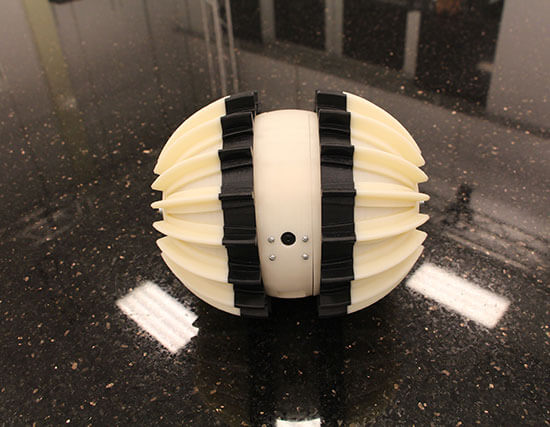
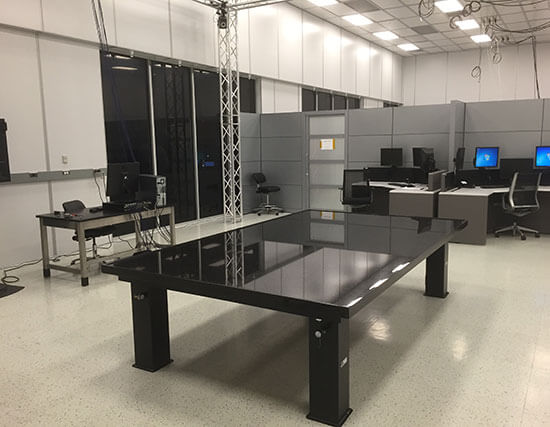
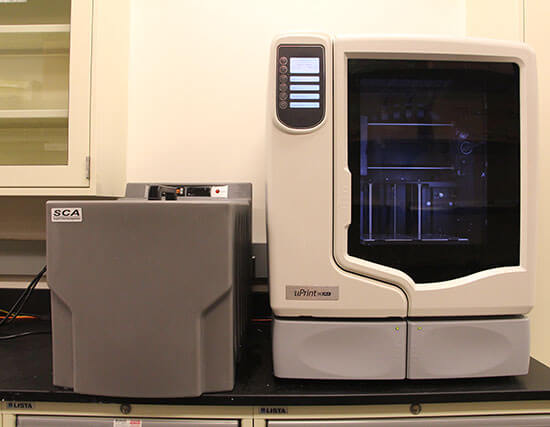
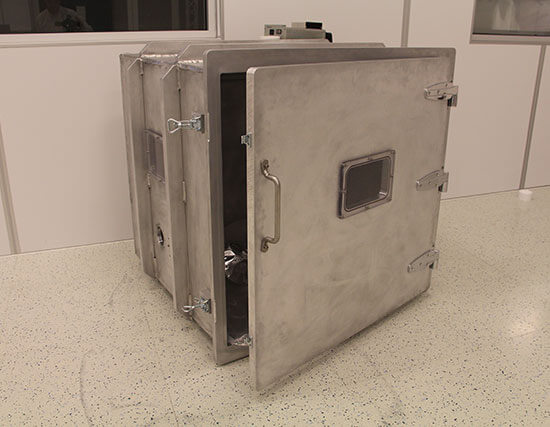
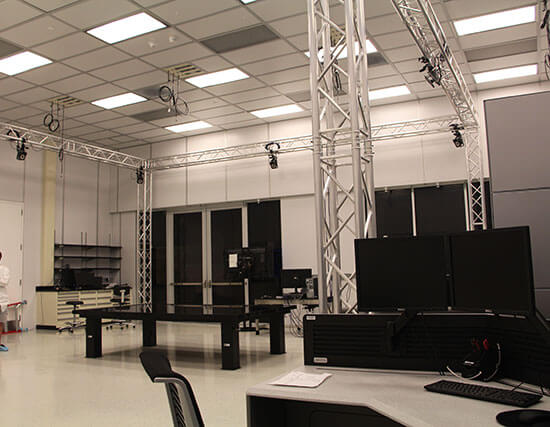
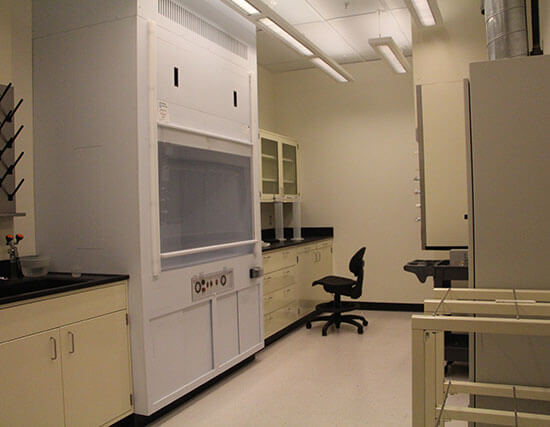
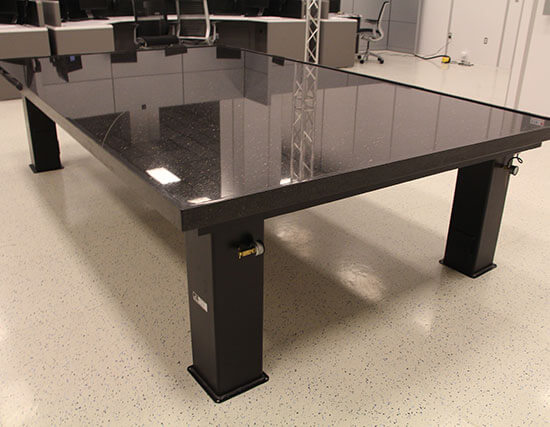
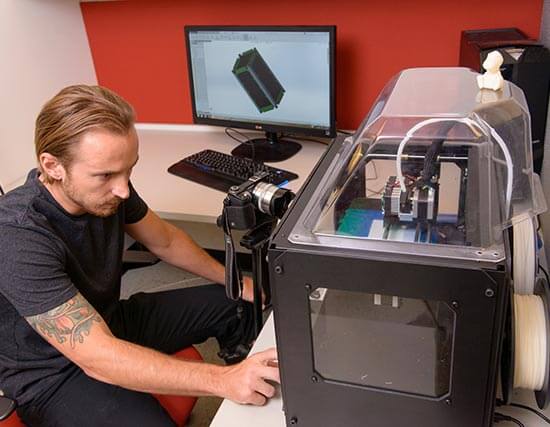
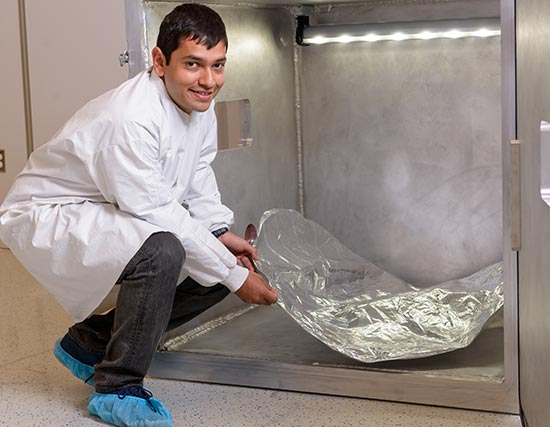
Encylopedia Article
Book Chapters
Conference Papers
2020
2019
2018
2017
2016
2015 and earlier
Selected Academic Publications
Journal Papers
Theses
Scholarly Reports Prepared in Academia
Scholarly Reports Prepared for Industry/Government
2019
2018
2017
2016
2015 and Earlier

1.0 Introduction. UA ASTEROIDS Laboratory’s NASA-funded Undergraduate Research and Education Program (UREP) provides an accelerated path for undergraduates to learn about space systems engineering, planetary science, propulsion and In-Situ Resource Utilization (ISRU) in preparation for a one-year research program. Undergraduates will lead their own research project under the mentorship of a University of Arizona faculty member and work with a team of experienced graduate students and staff to build a space-bound CubeSat that will advance planetary science.
2.0 Achievements. Past students have authored and presented academic conference papers, devised new inventions and patents and won academic awards and scholarships for their accomplishments. Students selected for the second-year will go on to apply for NASA internships. Our growing alumni are emerging leaders at NASA Centers, the aerospace and defense sector, academia and in Silicon Valley. Overall, this is a great opportunity to get into and thrive in the aerospace sector. Adventure awaits!
3.0 The Need is Now. The United States is in urgent need of talented, diverse STEM (Science, Technology, Engineering, Mathematics) undergraduates who can contribute to the growing and vibrant aerospace research sector. Women, underrepresentend minority groups, people of various sexual orientations and people with disabilities are all encouraged to apply. Be on the frontlines of planetary exploration, devising new robotic platforms, new spacecraft and propulsion systems, new science instruments and new methods of science analysis, inquiry and discovery that can change the world forever!
4.0 Enrichment Classes**. The UREP Program opportunity consists of two components, the (1) Summer Academy Enrichment Classes and (2) Undergraduate Research Opportunity (URO). The Summer Academy is an intensive 5-week program that will educate students on relevant advanced topics. The courses prepare undergraduates to think like a professional space systems engineer or planetary scientist and advance (1) system engineering skills, (2) critical thinking, (3) team building skills, (4) organization skills and provide (5) historical insight into space exploration.
5.0 Undergrad Research***. The students will then be presented with a showcase of frontline research areas spanning space systems engineering, space instrumentation, planetary science, propulsion and In-Situ Resource Utilization (ISRU). Students will identify a suitable research area and work with a faculty mentor to develop a unique research abstract of 8-10 sentences long. The research abstract will provide an elevator "pitch", identify present challenges, approach/method and goals of the research. The abstract is intended to scope the research area for the student to ensure the faculty mentor and the student have a clear path-forward.
6.0 Game-Changing. The students will be familiarized with systems-thinking that will enable them to identify game-changing research opportunities rather than incremental or maturation research. The identified research topics can (a) introduce whole new capabilities, (b) whole new theories and modes of discovery, (c) provide 2-5 fold improvement in peformance, (d) shift paradigms, (e) revolutionize a field or (f) operate beyond prior human capabilities.
7.0 Covid-19 Challenges. Research spans theory, concept development, experiment design, feasability analysis, simulation, proof-of-concept experiments, field exploration and science data analysis. Opportunities to work in large groups on hands-on projects is not permissible due to the pandemic. Instead, the projects have shifted to working online with focus on theory, concept development, simulation and individual experiments.
*Sophomores through Juniors are encouraged to apply. High GPA standing is expected for a competitive application.
*Note: Non-US Persons are limited from certain research opportunities due to ITAR/EAR restrictions but are encouraged to apply.
**The students will be funded with a single stipend for attending the 5-weeks of courses.
***The internship runs for one academic year, 10-20 hours/week. The internship officially starts with approval of the student's research abstract.

1.0 Strength in Diversity. UA ASTEROIDS Laboratory’s NASA-funded Undergraduate Research and Education Program (UREP)* has been developed to increase the diversity, number and quality of undergrads entering the aerospace sector in Southern Arizona. ASTEROIDS Laboratory is NASA-mandated to increase number of women, underrepresented minorities, people of different sexual orientation and people with disabilities into the thriving aerospace sector. The ASTEROIDS Laboratory views America's diversity as a key strength. Diverse teams bring new perspective, refreshing ideas and out-of-the-box thinking that can have transformative impact.

2.0 Skills to Succeed and Growing Alumni Network. The program is intended for talented sophomores to juniors who are STEM majors at University of Arizona, who are ambitious, creative, hard-working, ready to learn new things, responsible, well-mannered and who have some interest in aerospace. The program equips undergrads with advanced skills to succeed in obtaining leading STEM careers in the aerospace and defense industry, NASA Centers and government laboratories, in-addition to placement at top graduate school programs and in entrepreneurship, leading spin-off companies. The UREP participants will be part of a growing, life-long alumni network that includes industry and government lab mentors who are in search of great talent.
3.0 NASA Internship. Top ranked students in the program go onto one-semester NASA internships at one of several NASA Centers including NASA JPL, NASA Ames Research Center, NASA Goddard, NASA Armstrong and NASA Johnson. They are matched with NASA mentors who are doing complementary research and development work with faculty mentors at the ASTEROIDS Laboratory. In addition, plans are underway to facilitate top-ranked students to go onto industrial internships at aerospace companies in Arizona, California and New Mexico. The knowledge gained from the experience sets UREP students apart to becoming future leaders in their respective fields.
4.0 Newspace Connection and Commercialization. UREP students are recruited into the ASTEROIDS Laboratory and work on exciting, fast-paced, emerging research topics in the Newspace sector. The Newspace sector is undergoing astronomical growth and is predicted by Bank of America to grow to $3 trillion in market capitalization within the next 30 years from the present $350 billion. Students are encouraged to think about practical applications, enter entrepreneurship contests, research commercialization potential and how their research could have transformative impact as a commercial product or process. These steps empower UREP students to find the right support ecosystem and look towards developing start-up companies.
5.0 Core Research. The ASTEROIDS Laboratory predominantly focuses on science, technology and exploration of small bodies, including asteroids and comets throughout the solar system. Three major themes emerge from small body research, including the (a) science of formation and evolution of small-bodies, (b) security implications of small-bodies to planet Earth, the need for improved observation, deflection and other mitigation strategies and (c) harnessing of small-bodies for their rich and diverse resources to kick-start a future space economy. The laboratory is composed of small, agile teams driven by principles of technology miniaturization, bio-inspired, human-competitive machine learning and scaling to new heights using swarm constellations. The UREP Program officially covers the following 4 major cross-cutting disciplines:
• Space Systems Engineering R & D
• Space Instruments Engineering R & D
• Space Science/Planetary Science
• Space Mining
• Aeronautical Engineering
6.0 Transformative Impact. Undergraduate student research projects have gone onto blossom, generating multiple respected conference papers, invited presentations and even Masters Theses! Some have gone onto becoming major research focus areas that bring countless grants from federal sponsors, intellectual property in the form of inventions and patents that can be licensed to form new commercial products or spin-off companies. These projects have gone onto transform the lives of the student and everyone else around them. A world of opportunities awaits!
*Limitations apply to Non-U.S. Person Students due to ITAR/EAR Restrictions, but are welcome to apply.
Interested in becoming a University of Arizona UREP Undergraduate Researcher? Here is the process:
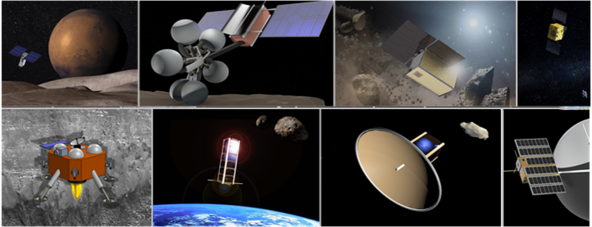
STEP 1. Apply!
Summer 2023 applications will be open March 31. Review of applications will begin April 15 with rolling admission until all positions are filled. Interested undergraduates (sophomores to juniors enrolled at the University of Arizona) shall submit an online application, which will be reviewed and ranked by the ASTEROIDS Laboratory UREP Selection Committee. Please review the FAQ comparing the NASA Space Grant Undergraduate Research Internship Program and NASA supported UREP Program to determine which program is right for you. The application form is below:*,
STEP 2. Summer Academy Selection
The highest ranked (20-25 total students) applicants are selected to enter the program and proceed with selecting courses for the Summer Academy. The students will be compensated with stipends for completing 4 out of the 5 weeks of courses. Once the students have completed the necessary courses, they proceed to enter the Undergraduate Research Opportunity (URO).
Review Process and Ranking Criteria. Right after the application due date, the UREP Selection Committee (made up of ~3 faculty and Co-Investigators) review all intern applications. The Committee ranks intern applications based on the content and quality of the applicant's responses. The ranking will be based on GPA, quality of the essay, interest-level, potential, motivation for applying and current needs according to subject discipline.
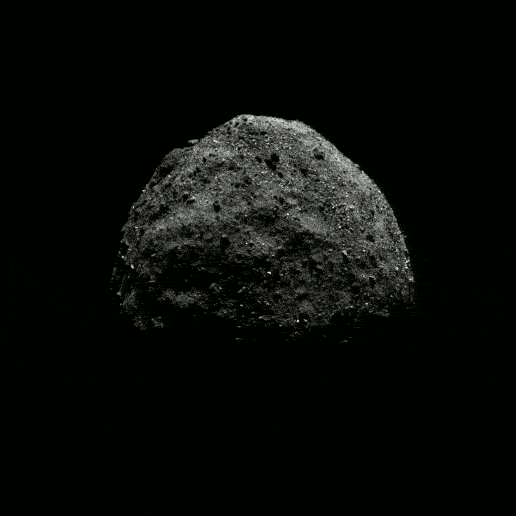
STEP 3. Undergraduate Research Opportunity Selection
The students will spend up to one-month collaborating with a faculty mentor and drafting a research abstract on their selected research area. Available research areas change from year to year and an updated list will be shared with the students after completing the courses. The student will be iterating with the faculty mentor on the research abstract. If the abstract is selected, the Selection Committee will then authorize the student to be awarded the NASA-funded UREP Internship for the academic year, for 10-20 hrs/wk at $13.85/hr.
Review Process and Ranking Criteria. Once the research abstract is sufficiently refined, the students will submit the research abstract to the UREP Selection Committee. The UREP Selection Committee will check to make sure the abstract has a clearly defined and legitimate research scope, needed resources, in addition to a highly-supportive faculty mentor. The determining factor will be the faculty mentor's support of the research proposal. If the research abstract fails to obtain a suitable faculty mentor, then the student needs to find another mentor or exit the program. The Selection Committee may select the research abstract without conditions or make conditional selection with a final selection review after 3-months.
STEP 4. NASA Internship Selection
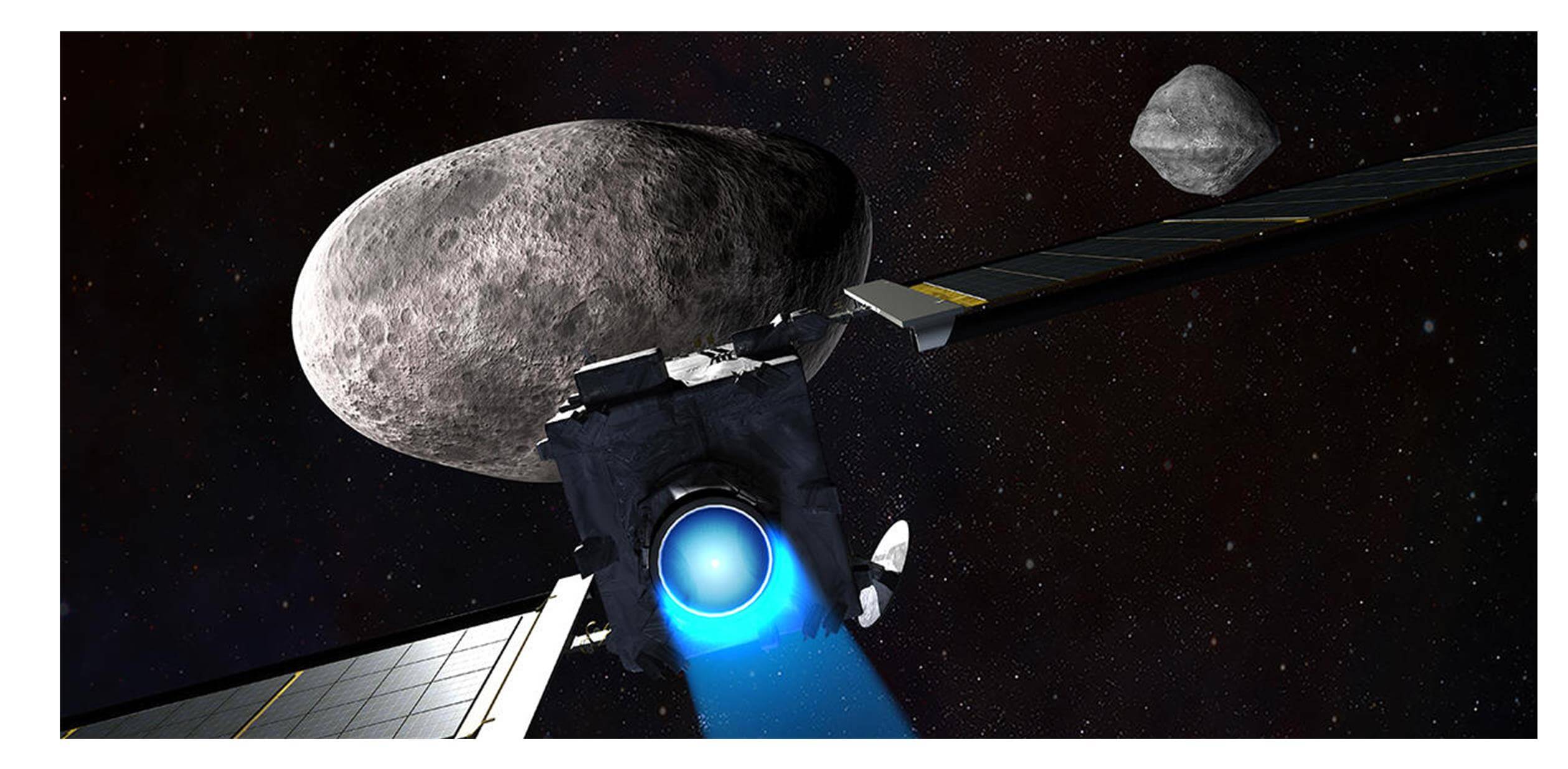
Top ranked UREP students who stay on and complete the Undergraduate Research Opportunity (URO) will be nominated for a NASA internship lasting a semester or more. The nominated students will be notified by December, for a NASA internship the following summer. NASA notifies the students in March.
Review Process and Ranking Criteria.The UREP Selection Committee will be ranking all UREP students according to research progress at the end of each semester. UREP students will be expected to submit a one-page summary that outlines research achievements, research plans, obtained awards and research presentations made. The research mentor will submit a one-paragraph progress blurb to the committee.
1.0 Requirements
a. What is Required of an Undergraduate Researcher?
Each UREP participant, as an undergraduate researcher, is a full member of the ASTEROID Laboratory. With great power comes great responsibility. Undergraduate researchers who are curious, inquiry driven, self-motivated, responsible and are excellent team players are best placed to suceed. Often times, research does not involve wearing a lab coat and working in isolation. Often times in engineering and increasingly in the sciences, research is a team activity, where every team member contributes their specialized skill towards advancing the whole.
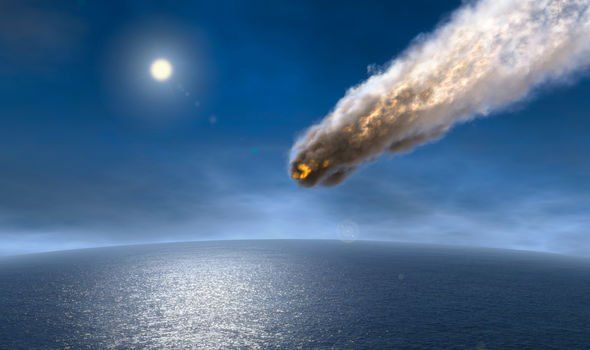
Specializing in Research. Every effort will be made to turn an undergraduate researcher into a research specialist at the laboratory. The laboratory looks towards each of its specialist to best handle a particular aspect of the research problem at hand. This comes with great opportunity and responsibility. Each specialist has an opportunity to lead one aspect of a research project but needs to be mindful of deadlines and external expectations at all times. This is where an undergraduate researcher can succeed and show evidence for solving a hard problem, having a great research finding, advancing a new theory or technology concept. Through the training and mentoring, we will be helping undergraduate researchers achieve "WOW" moments!
b. Key Milestone and Deliverables
Each UREP participant needs to be organized and sufficiently independent. UREP Participants at the end of their first semester of URO need to make a 15-minute summary presentation to the ASTEROIDS Laboratory, with the UREP Selection Committee present. At the end of the academic year, the UREP participants are expected to produce a conference-style abstract, 30-minute presentation and a double-column conference-paper that is 6-10 pages. The UREP student presentations will be organized into a 1-2 day symposium open to the ASTEROIDS Laboratory and the University of Arizona community.
c. Weekly Reporting Requirements
Participants are expected to achieve weekly progress, provide regular and sufficiently detailed status reports to mentors and have open channels of communication with the mentors and ASTEROIDS Laboratory support staff. Students that show strong self-motivation, are reliable, meeting deadlines, eager to participate, show inquiry-based thinking and can converse with frank opinions, in addition to seek out critical advice earn high-respect from the other members of the laboratory. The most successful undergrad researchers can allot a few hours a day to research even during a heavy week filled with midterms and large assignments.
d. Role of Faculty Mentor and Day-to-Day Mentor
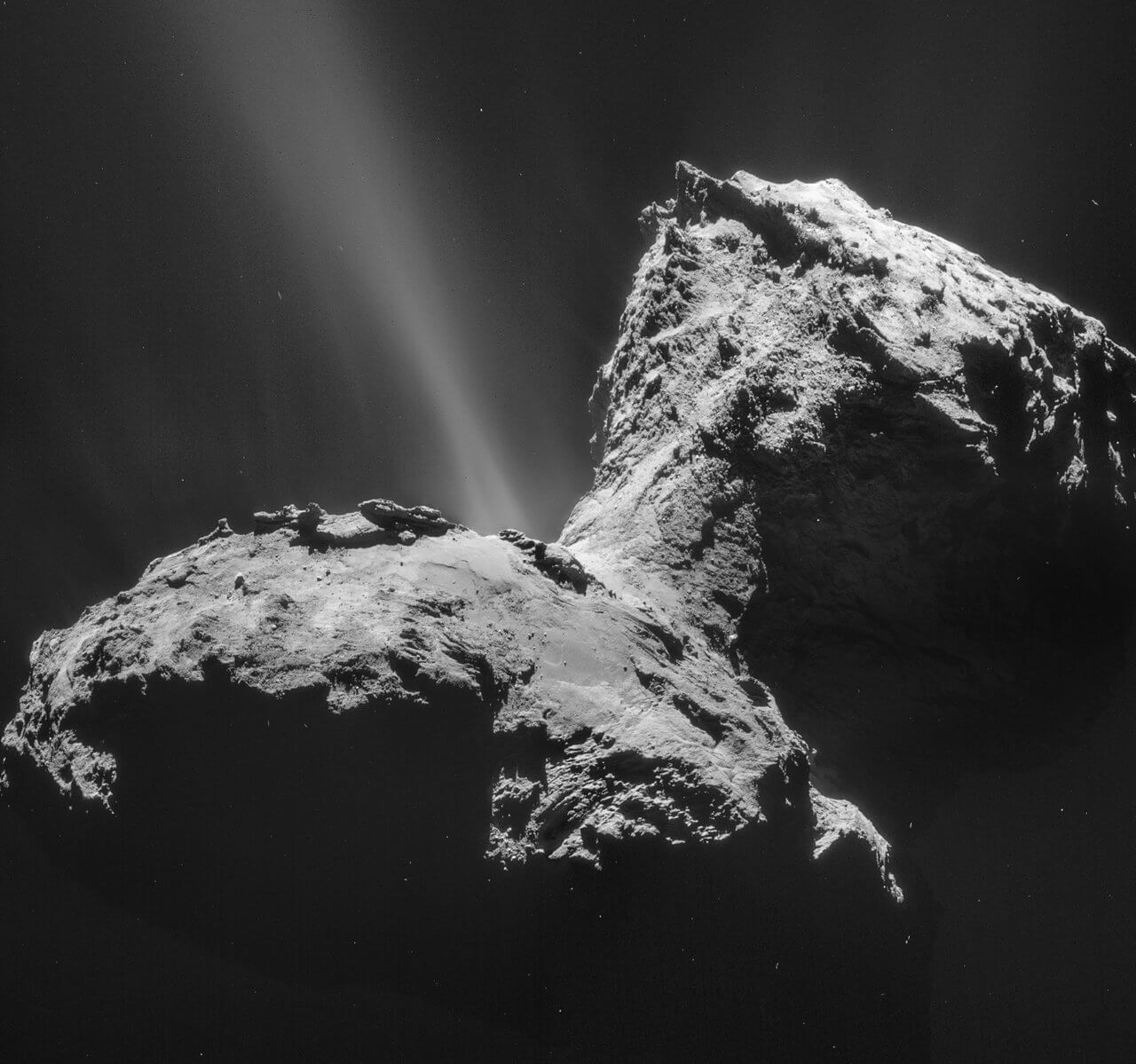
Mentors are experienced faculty members who conduct cutting-edge research to advance the goals of the ASTEROIDS Laboratory. These faculty members enjoy working with students, have shown past-track record of success with undergrad students and are committed to providing regular mentoring support. Faculty mentors often provide high-level inspirational research guidance, set goals and priorities and are a great sounding board for new ideas or for troubleshooting technical issues. Faculty mentors are a source of reference helping to clear technical or scientific doubts, help point towards direction to find new knowledge and for providing opinion on viability/feasability based on their wealth of experience.
Participating in a Research Team. Faculty mentors are assisted by day-to-day mentors including Masters students, PhD students and Postdocs who typically lead a sizable research project and are the head of a research team. Each UREP participant will have a day-to-day mentor assigned and be part of a larger research team. Day-to-day mentors typically can help a new undergraduate researcher fill in details of research expectation, planning, organizing and devising research tasks. Day-to-day mentors pass on useful skills required for conducting research, lab practises and standards and is usually there to help you correct mistakes. The day-to-day mentor is there to coach the undergraduate researcher to present polished research hypothesis, data and analysis and suggestions for next steps forward. Time to time the day-to-day mentor may work with the undergraduate researcher providing an idea to try or that next-critical step. The day-to-day mentor will time to time require the help of the UREP for research tasks. The day-to-day mentor will also help with getting started/organizing a presentation, conference paper, invention disclosure or patent application.
Path to Success. The mentors work as a coordinated team to enrich the undergraduate researcher with the required knowledge, organization skills and research acumen to be successful. Undergraduate researchers who act as a sponge, who can soak up new knowledge and who are constantly identifying solution pathways become successful. Each undergraduate researcher needs to work well and adapt to the styles of the day-to-day mentor and faculty mentor.
2. NASA Support and Funding
UREP is funded by NASA’s MIRO Program and auxillary funding/support from the research mentors. UREP has the ambitious goal of placing students on the frontlines of research and having the broadest reach and collective-achievement possible. UREP participants may work between 10 and 20 hrs/wk ($13.85/hr plus 2.0% ERE).
*Limitations apply to Non-U.S. Person Students due to ITAR/EAR Restrictions, but are welcome to apply.